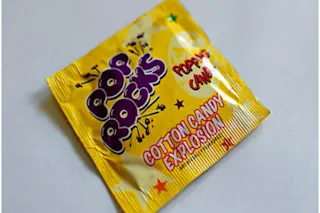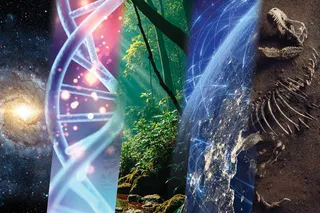Photo Credit: Jamie (jamiesrabbits/Flickr) Some might say one of life's little pleasures is eating candy. Those who have tried Pop Rocks, however, know that its sugary glory and dare-devilish allure warrant an entirely new adventure. Although it appears harmless, a handful of Pop Rocks candy will set off a fizzy explosion of sugar crystals and popping noises in your mouth. But no remorse is needed; Pop Rocks aren't actually dangerous. (Mythbusters proves your stomach won't explode.) How are Pop Rocks made? Pop Rocks were developed by scientist William A. Mitchell in 1956 with a technique patented in 1961 to create a revolutionary confection which “enclos[es] a gas within a solid matrix” [1, 2]. Essentially, Pop Rocks is made of a typical hard candy sugar solution (sucrose, lactose, corn syrup and flavoring) with the addition of one important ingredient:
highly-pressurized carbon dioxide (CO2)
. First, the sugar solution is heated and ...




